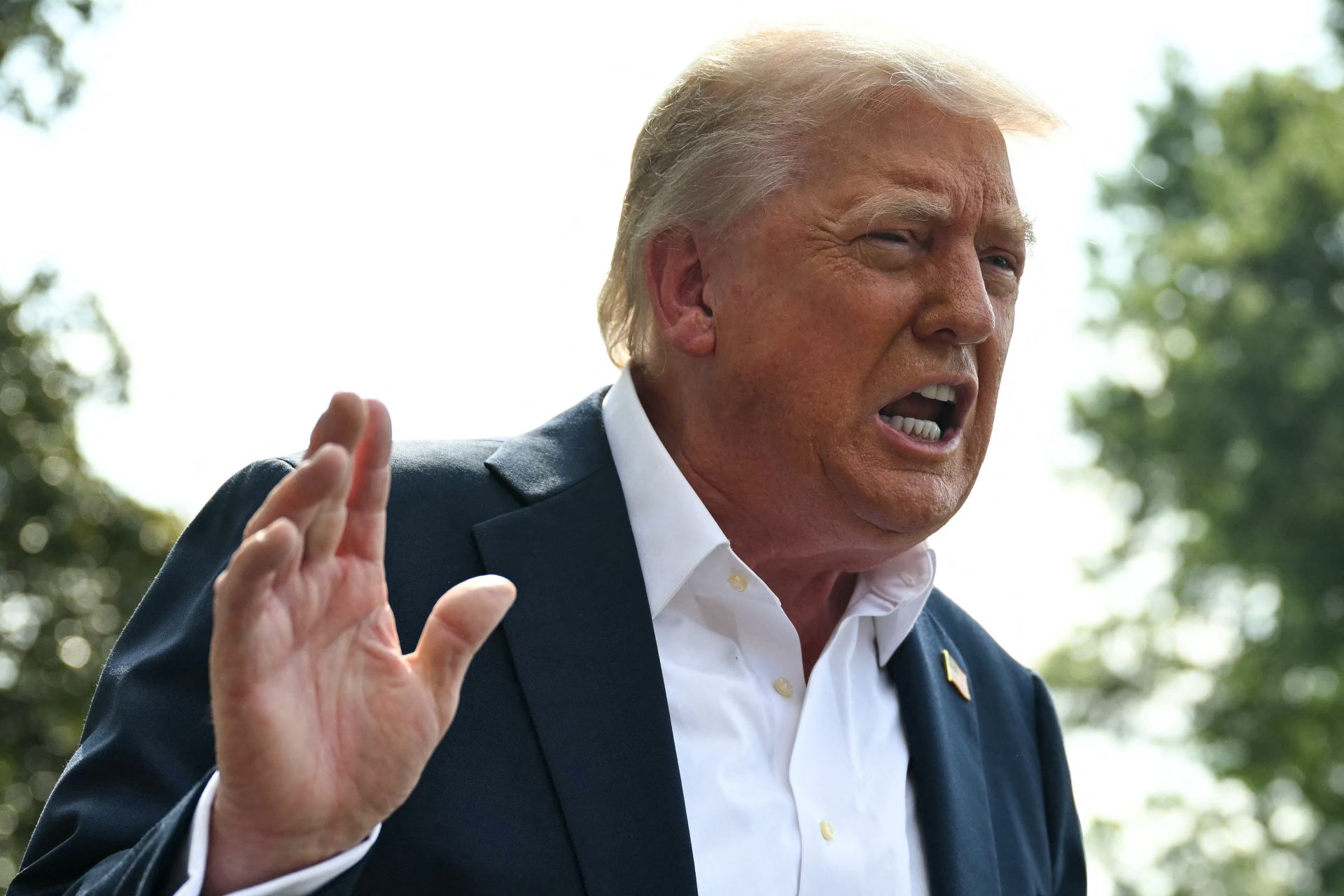
Donald Trump announced on Saturday the imposition of 30% tariffs on products imported into the United States from the European Union and Mexico, a new escalation amid ongoing negotiations ahead of the August 1 deadline, which has raised alarm across Europe.
The U.S. president justified the decision in a new letter published on his Truth Social platform, citing the American trade deficit with the 27 EU countries.
The move sparked strong reactions in Europe, where key sectors – from automobiles to pharmaceuticals, aircraft to wine – could be impacted.
European Commission President Ursula von der Leyen warned on X that, if implemented, the new tariffs would “disrupt essential transatlantic supply chains.”
While she expressed her willingness to "continue working" toward an agreement with Washington before the August 1 deadline, von der Leyen also threatened to adopt "proportionate countermeasures if necessary." Brussels had already prepared a package of retaliatory tariffs on American products, though it has not yet enforced them.
But Trump warned that any retaliatory actions would result in even higher U.S. tariffs on European imports, on top of the 30% announced Saturday.
Trade Deficit
As early as April, the American president had already threatened the EU with a 20% tariff on European goods exported to the U.S. In late May, frustrated with the lack of progress in negotiations, he raised the rate to 50%, with the measure initially set to take effect on June 1 – later postponed to August 1 until his latest announcement.
According to diplomatic sources, prior discussions were based on 10% U.S. tariffs, with some exceptions.
Trump left the door open for renegotiation.
“If you are ready to open your closed market to the United States, remove your tariffs, protectionist policies, and trade barriers, we will consider potential adjustments,” the president wrote to von der Leyen on Saturday.
In 2024, the U.S. recorded a $236 billion trade deficit with the EU – a 13% increase from the previous year. The EU exported $606 billion worth of goods to the world’s largest economy, according to figures from the Office of the U.S. Trade Representative.
Though the announced 30% tariff would apply uniformly across all 27 EU countries, the impact would vary by country.
Ireland, with its pharmaceutical industry, and Germany, with its automobile and heavy industry sectors, would be more exposed than France – although the French wine sector is already fearing a “catastrophe.”
French President Emmanuel Macron expressed his "strong disapproval" and urged Brussels to "firmly defend European interests," calling for the “acceleration of preparations for credible countermeasures.”
German Economy Minister Katherina Reiche also called on the EU to negotiate “a pragmatic solution with the United States focused on the main points of conflict.”
"Cracking Down on Cartels"
In Mexico, the increase in tariffs to 30% – up from the previously announced 25% – was deemed “unfair” by the government, which says it is still in talks with Washington.
These additional tariffs should not apply to most goods covered by the USMCA (United States-Mexico-Canada Agreement), according to a U.S. official speaking to AFP. However, the final decision has not yet been made by the president.
Mexico is particularly vulnerable, as 80% of its exports go to the U.S. Still, Trump again accused Mexico on Saturday of failing to combat illegal immigration and drug trafficking.
Since Monday, the Trump administration has informed about 20 trade partners – mainly in Asia – of the new tariff rates, which range from 20% to 40%, except for Brazil, which faces a 50% rate.
Unless a trade agreement is reached by August 1, around 60 countries are expected to face surcharges exceeding 10%, which will be the minimum rate for others. Canada and Mexico are treated as special cases.
The former reality TV star has made tariffs a central element of his economic policy, seeing them as a tool to reduce the U.S. trade deficit and reindustrialize the country.
However, many economists argue that such measures could hamper global growth and fuel inflation in the United States.
AFP



Comments